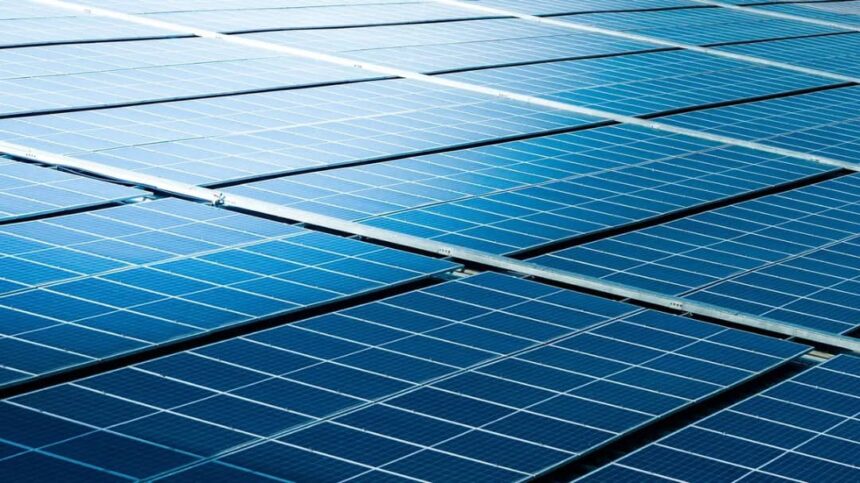24% Efficiency and 99% Stability: Perovskite Solar Cells Take Major Leap Forward
Researchers from Peking University have made a groundbreaking discovery in the field of perovskite solar cells, achieving a power conversion efficiency of 24% through a novel iodine technique. This innovation will address the long-standing issue of stability in perovskite solar cells, bringing them closer to widespread adoption.
Perovskite solar cells have garnered significant attention in recent years due to their potential for highly efficient, low-cost, and stable solar panels. Unlike traditional silicon panels, which require energy-intensive manufacturing, perovskites can be produced using cheaper materials and simpler processes. This makes them an attractive option for expanding solar energy deployment worldwide.
However, the primary ingredient, formamidinium lead triiodide (FAPbI3), has proven challenging to produce in stable forms, hindering the widespread adoption of perovskite solar cells. The material tends to break down over time when exposed to sunlight, which is not ideal for solar panels.
To address this issue, scientists have previously tried mixing (alloying) FAPbI3 with other elements like cesium (Cs) or methylammonium to improve stability. However, this has proven suboptimal as it leaves unwanted residues that degrade the solar cell over time.
The research team, led by Professor Zhou, has developed a new technique called iodine intercalation-declaration, which allows for the addition of iodine to FAPbI3 without the need for mixing with other elements. This breakthrough enables the production of high-quality perovskite solar cells with improved stability and efficiency.
The new technique helps FAPbI3 form properly and allows excess iodine to evaporate naturally during heating. By doing so, the process leaves a high-quality material with no unwanted residues. This new method helps produce better crystal quality with fewer defects. It also increases stability due to reduced ion movement, which degrades solar cells over time.
The new solar cells have demonstrated a power conversion efficiency of 24% and maintained 99% of their efficiency after 1,100 hours of operation at high temperatures. This significant improvement in stability and efficiency brings perovskite solar cells closer to real-world applications.
If successfully scaled up, this technology could drive the next generation of solar energy, making renewable power more affordable and efficient. The research findings have been published in the journal Science, marking a major milestone in the development of perovskite solar cells.



